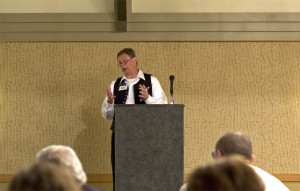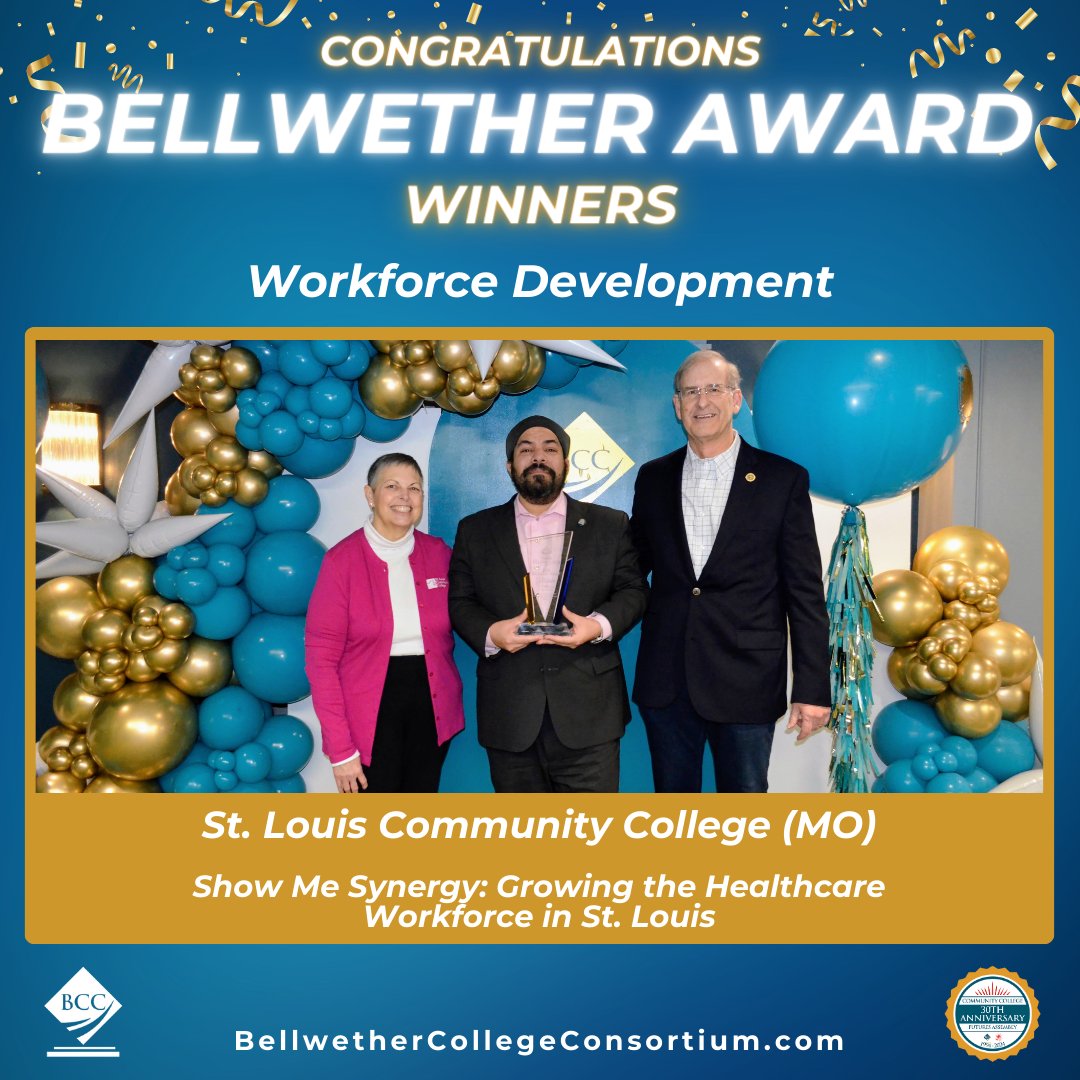Student genocide documentary continues despite controversy

Jacob Hight
– Staff Designer –
Conference and Controversy
In its second year, Meramec student Ann Morrison has personally sponsored the Forgotten Genocide Conference, which she began as an independent study project in 2009 while a student at STLCC-Meramec.
The conference features lectures and a documentary about the cleansing of ethnic Germans during the aftermath of World War II; survivors of the genocide and their descendents share their stories.
The project continues. However, George Wasson, vice president of academic affairs, said the college is distancing itself from the project since it was discovered that Tom Sunic, a 2010 Forgotten Genocide conference speaker, is the director of the American Third Position (A3P). According to its website, the A3P’s mission “exists to represent the political interests of White Americans.” Sunic is also one author for the Occidental Observer, whose flag at the top of the page sports the motto, “white identity, interests and culture.”
Sunic was not included in this year’s conference. Morrison said she was unaware of Sunic’s affiliations while he was a part of last year’s conference.
“I don’t think that she had that knowledge prior,” Wasson said. “I would hate to see Ann hurt in this. I think she has every sincerity of good in this and it’s a shame that sometimes, for all of us, if we aren’t careful we can be associated with people who are less than desirable.”
Last year, Sunic interviewed Morrison for his radio show, “The Voice of Reason.” Sunic’s involvement with the conference last year resulted in the Meramec logo appearing on his website, which Wasson said was not sanctioned. Also, the names of Meramec students and faculty members appeared on his website. School officials are working to remove this information from Sunic’s site.
“It would be a shame if we had people who didn’t come to the college and get their education because they had an idea that we represent something we don’t,” Wasson said. “That would be a shame for students to lose their opportunity because of that misconception.”
The Conference
The conference was first held in February 2010 on the Meramec Campus. However, this year the conference was held at the Viking Holiday Inn hotel in Crestwood.
Meramec History Professor Dirk Voss, Ph. D., said the conference was held off-campus for two reasons. The first was the date of the conference changed and the space they would need was unavailable. The second was related to concerns rooted in Sunic’s involvement with the conference the year before.
Meramec Political Science Professor John Messmer, Ph.D., and Voss, both gave lectures at the conference. Messmer spoke on the use of critical thinking to combat nationalism, which he said is at the root of genocide. Former Meramec mass communications professor Scott Dorough videotaped the conference.
In addition to a documentary and lectures, the conference included art from survivors, genealogy, biographies, two fashions shows displaying traditional Eastern European German clothing and modern clothing still influenced by that tradition. The conference concluded with a traditional German Folk dance accompanied by a Polka band.
Morrison said her goals were more than just raising awareness of the cleansing. She said it was “bigger” than that.
“The people who survived it, they live with a guilt you can’t even understand, just because they’re German,” Morrison said.
According to Morrison, the German ethnicity is rooted in the Germanic tribes, which is distinct from being a German citizen; there are ethnic Germans who have lived in various parts of Europe for hundreds of years.
“They never lived in Germany, they were never under the Nazi rule, they were never a part of the ‘Third Reich.’ Nothing. In fact, in the video you’ll hear them say ‘I didn’t even know anything was going on until 1945, 1944,’ you know? People don’t know there was a whole different population of German people,” said Morrison.
Morrison said in the United States, there is still a climate of fear about claiming ethnic Germans were victims.
“People are afraid to say the German people were victims because they’ll be called Nazi’s,” Morrison said. “That’s still the stigma today. That’s why the story’s never been told,”
Morrison said she hopes to get information about the German Genocide into middle school, high school and college curriculums.
“There are very, very few young adults, my age, middle-age on down, who know what this is about and it affects them dramatically,” Morrison said.
The long-term affects of living through genocide or death camp are passed down through generations, comparing it to cycles of spousal or child abuse, according to Morrison.
“There are definite psychological affects from surviving something like that that funnel down form generation to generation. You don’t even know you’re doing it,” Morrison said.
Morrison plans to continue the project despite the controversy and distance from her school. She said she plans to document the impact the genocide has had on the descendents of survivors.
“It’s a very touchy subject. People keep saying, ‘You’re so strong for doing this,’ and ‘I can’t believe you’re doing this’ and ‘My gosh, are you crazy?’ I get ‘crazy’ a lot,” Morrison said.











